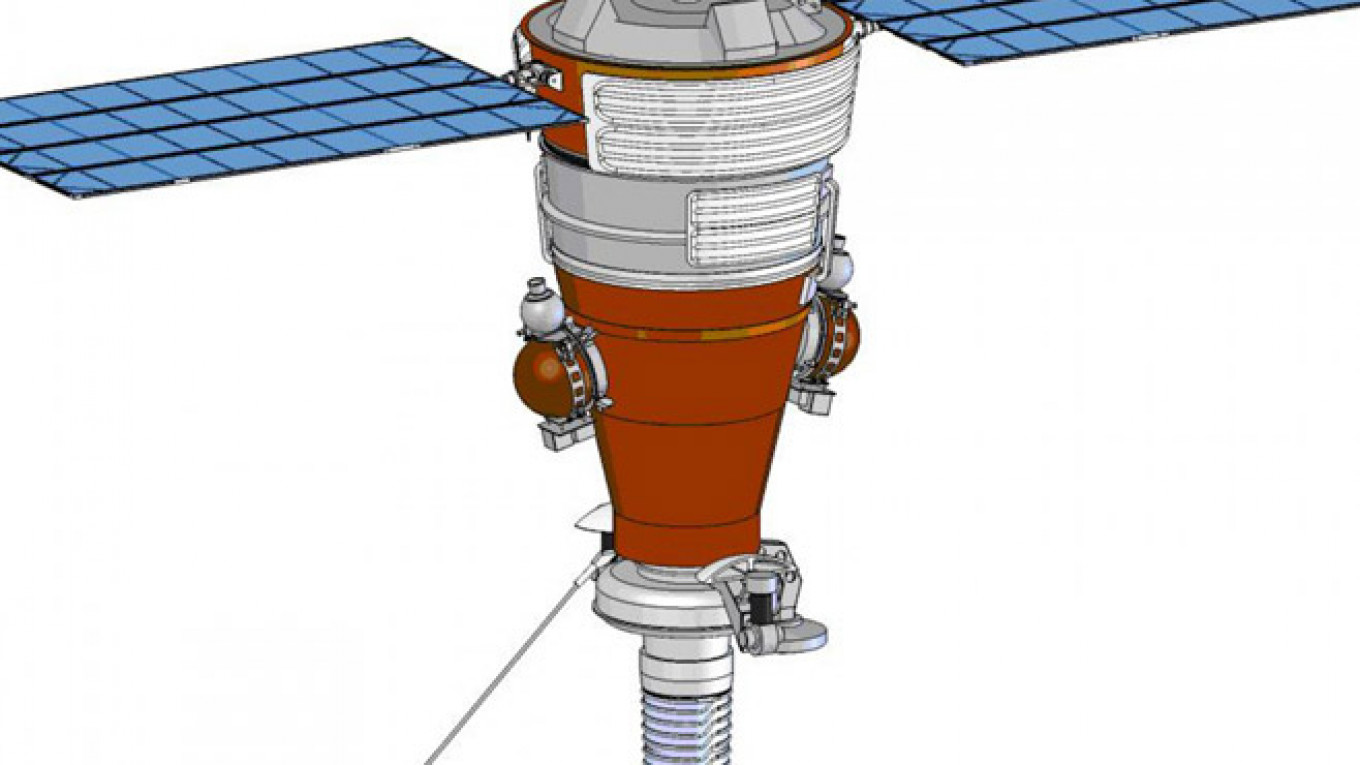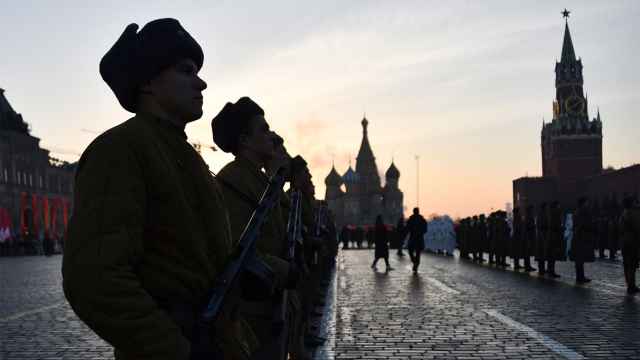The Defense Ministry has challenged reports that a Kobalt-M spy satellite reentered the Earth's atmosphere and burnt up over the U.S., potentially leaving Russian military intelligence photos lying in Colorado or Wyoming.
On Sept. 3, the American Meteor Society recorded more than 30 eyewitness reports of a slow-moving fireball crossing Colorado and into southern Wyoming. Local media reported the event as a meteor entering the atmosphere, but amateur space flight observers on the spaceflight101 blog said on Tuesday it must have been a Russian Kobalt-M spy satellite, after comparing the path of the fireball to the orbits of known satellites.
Defense Ministry spokesperson Major-General Igor Konashenkov denied this on Tuesday, however, claiming that Russia keeps close tabs on its satellite fleet and that nothing out of the ordinary has happened.
"We can only guess what condition the representatives of the so-called American Meteor Society must be in to have identified a [fireball] at that altitude as a Russian military satellite," Konashenkov quipped in a comment carried by RIA Novosti.
However, the amateur claims are backed up by the U.S. Space Tracking Network, which publicly tracks the orbits of spacecraft and issues warnings when it detects a satellite that is in danger of falling from space.
On Sept. 2 it issued such a warning for Kosmos-2495 — the international catalogue designation for the Kobalt-M satellite.
The satellite, launched from the Plesetsk Cosmodrome near Arkhangelsk on May 6, was not equipped to digitally transmit its photographs back to its handlers at Russia's military intelligence unit, the GRU. Instead, it was designed to drop its film in special canisters from space onto Russian territory.
Interfax reported Tuesday that the satellite may have been attempting to position itself to drop a canister back to Earth, when it moved into too low of an orbit — thereby falling back to earth over the U.S.
It is possible that much of the satellite and its photos survived, and are now sitting somewhere in the U.S. midwest.
Contact the author at bizreporter@imedia.ru






